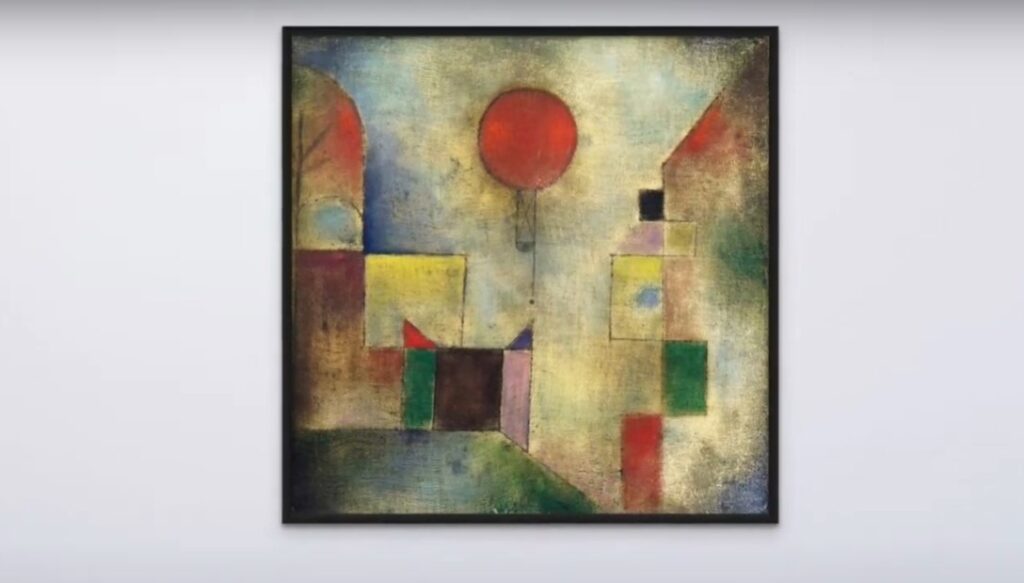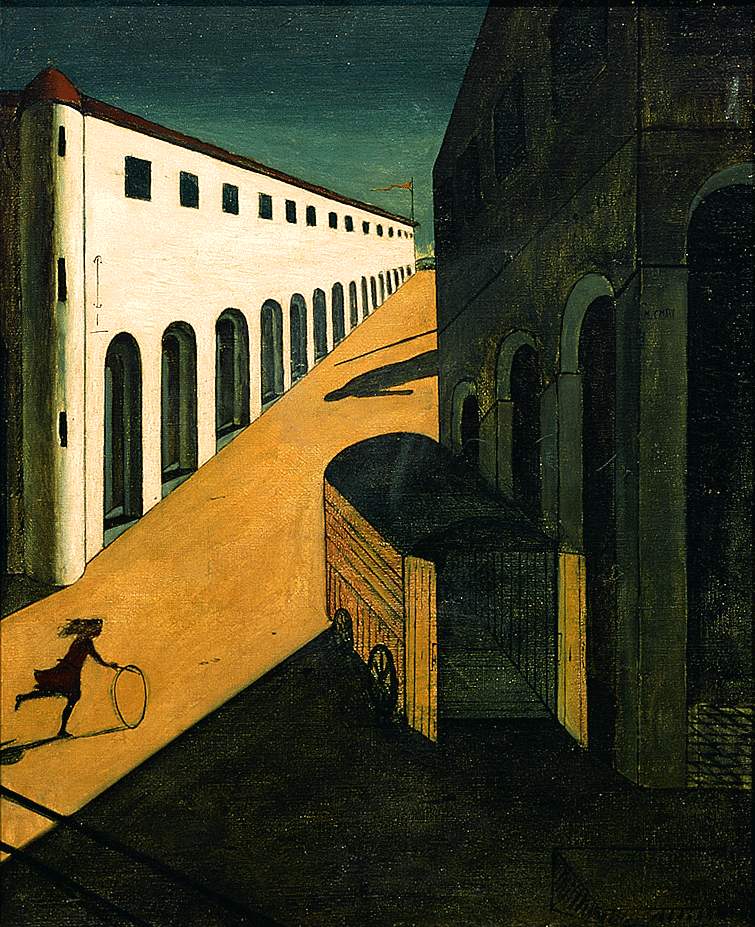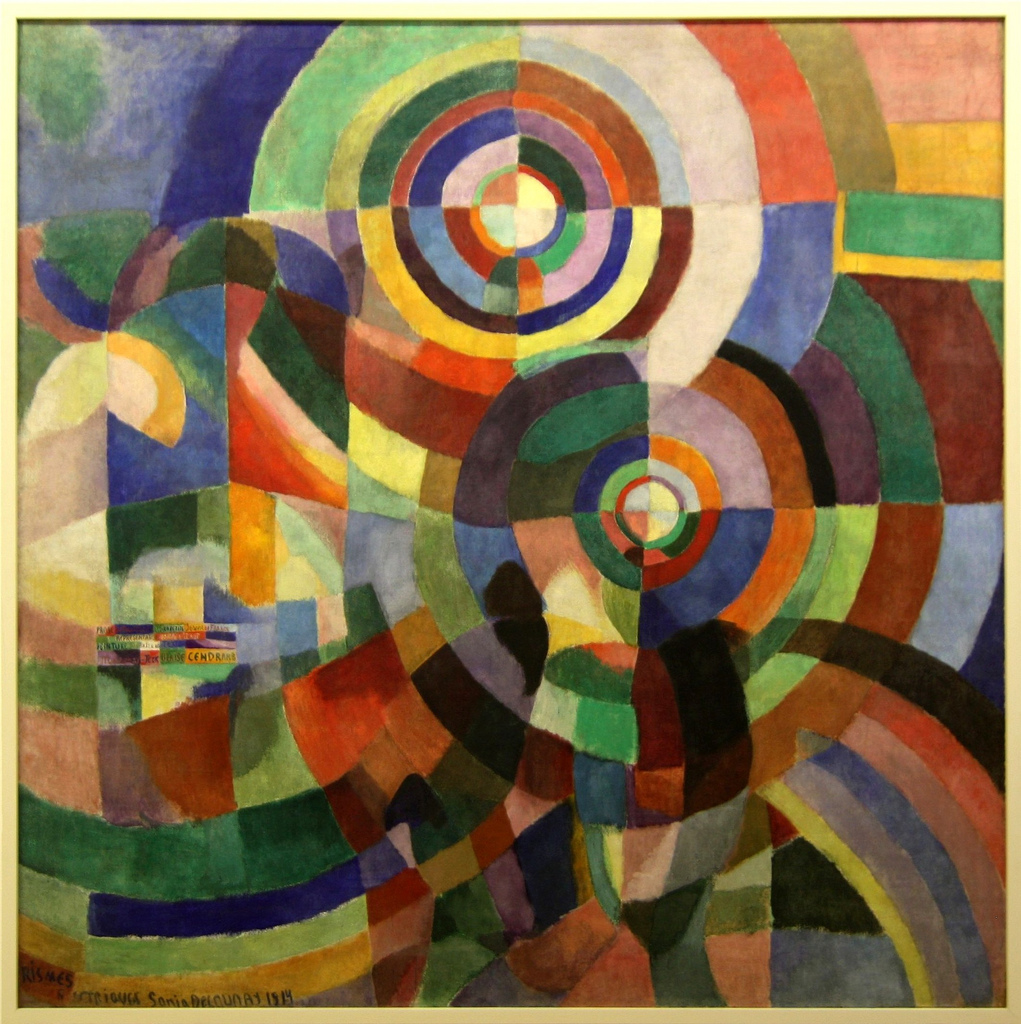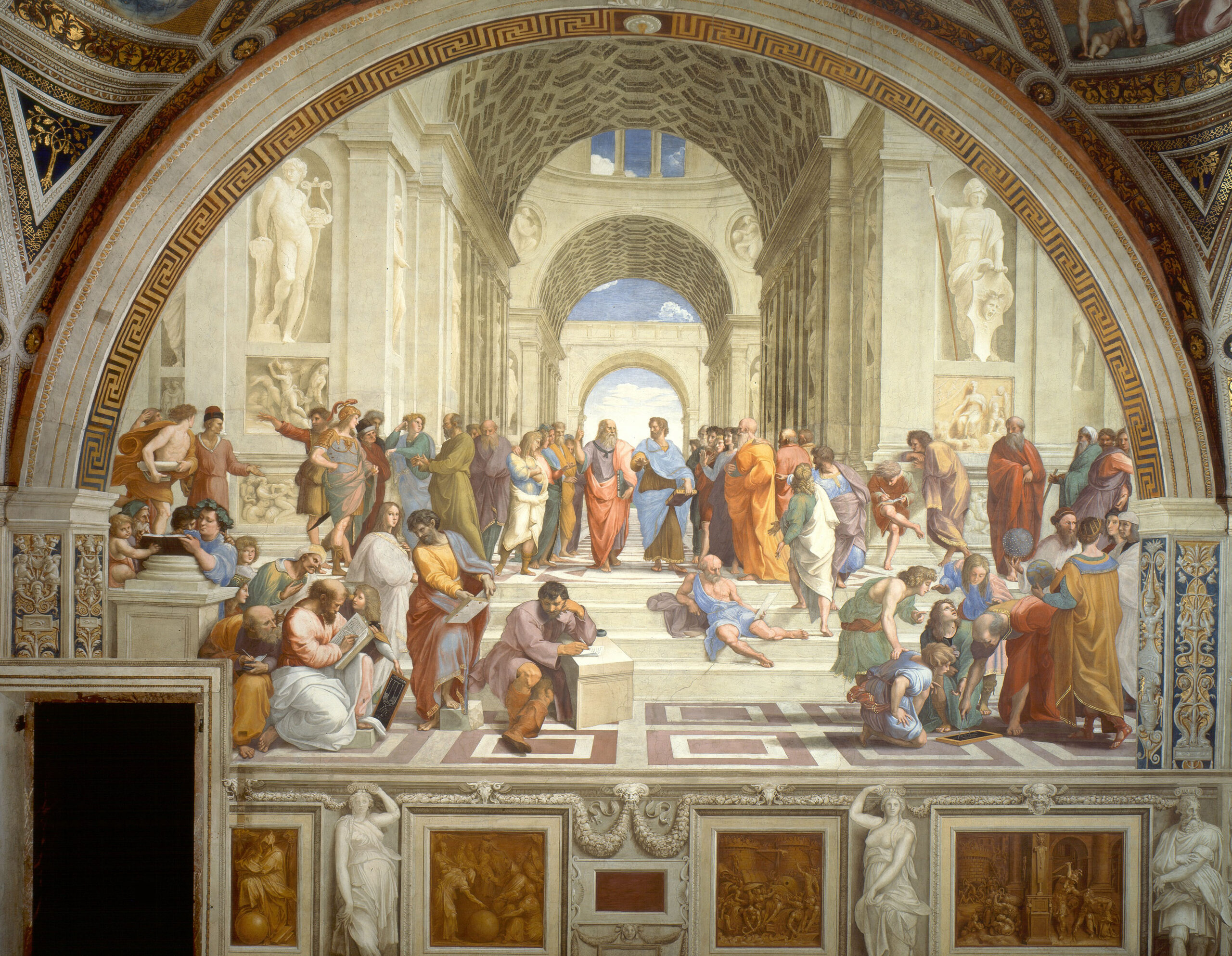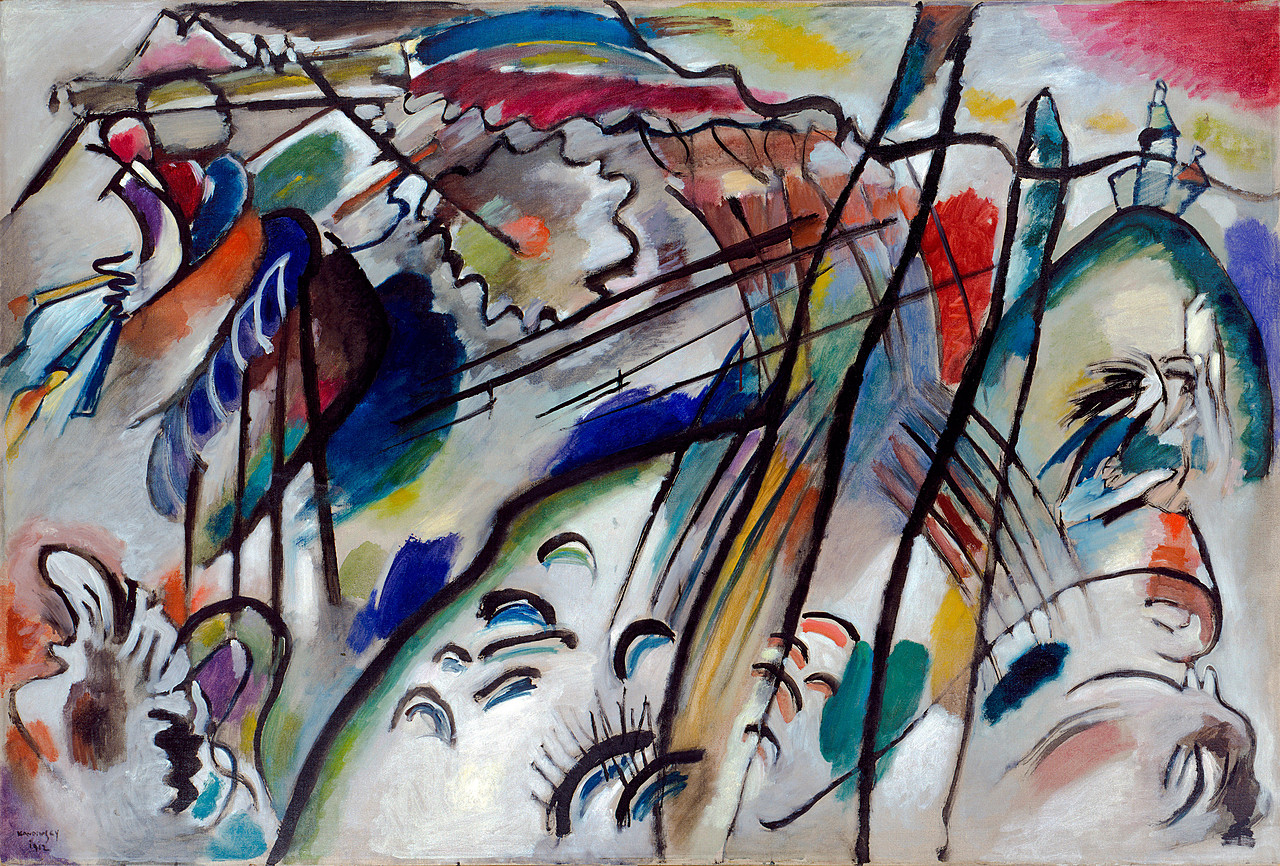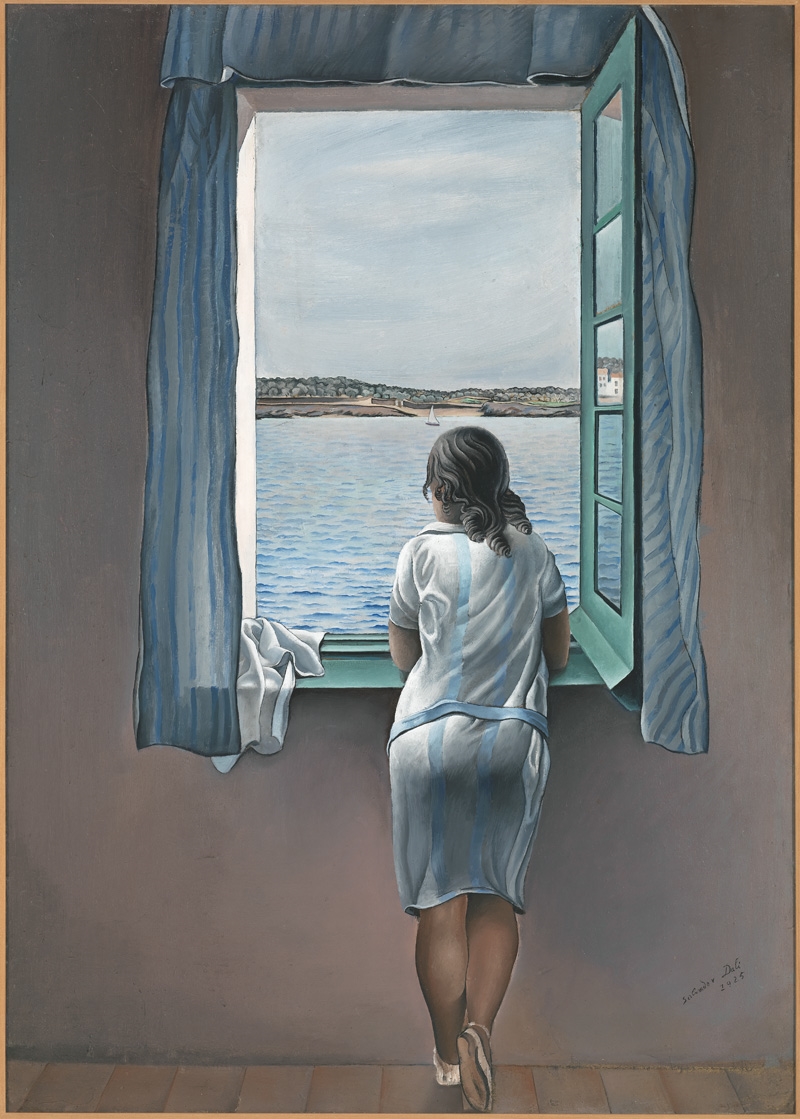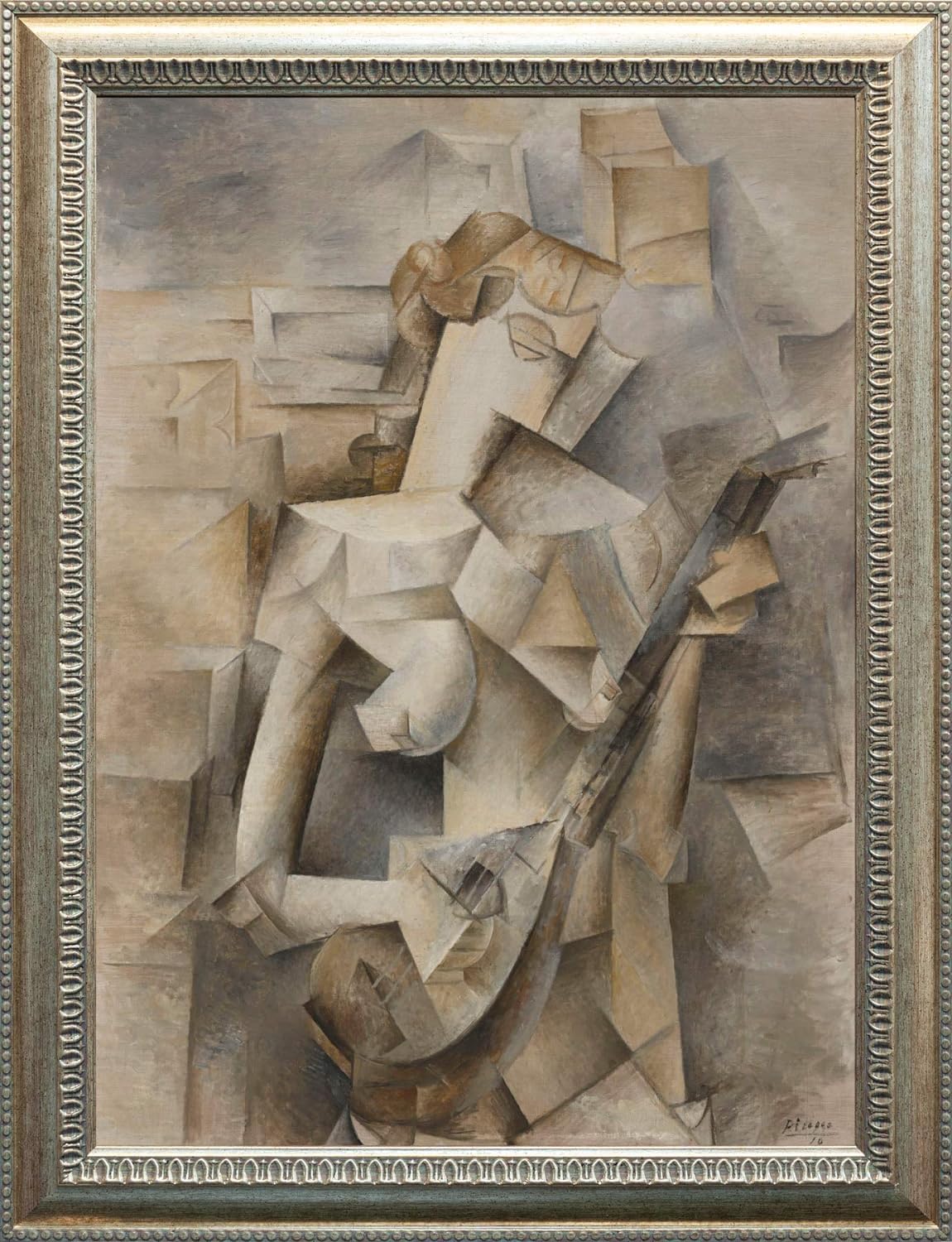Tabla de contenidos
- Paul Klee from Music to Painting Red Balloon
- Red Balloon by Paul Klee Between the Geometric and the Urban
- Materials and Inspiration in Red Balloon
- Summary and interpretation of Red Balloon by Paul Klee
Paul Klee from Music to Painting Red Balloon
Paul Klee, a leading artist of the modern art movement, challenged the stylistic and thematic conventions of his time with unparalleled creativity. His work, marked by persistent shifts in style and technique, reflects a deliberate evasion of conventional aesthetic categorization. From his beginnings as a violinist in Switzerland to his association with avant-garde art movements and the controversial «Degenerate Art» exhibition in 1937, we will unravel the complexity of an artist whose influence transcends genres and borders.
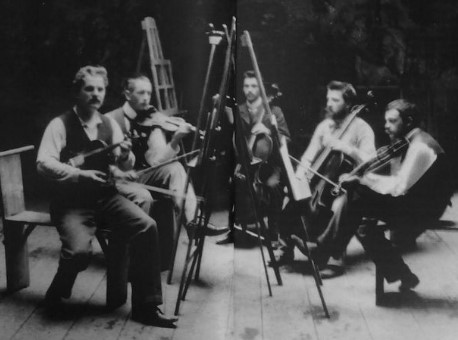
Born on December 18, 1879 in Switzerland, he began his artistic journey after abandoning a promising career as a violinist. Although his parents longed to see him succeed in music, Klee sought a freer expression in art. His first steps in the artistic world were marked by exploration and experimentation, moving away from the classical music that limited him. Klee, 21 years old, plays violin in the student quintet
Originality and pedagogy
Paul Klee, through his persistent shifts in technique, style and subject matter, reveals a deliberate and playful evasion of the limitations of aesthetic categorization. Although his work is immersed in the idiosyncratic and enigmatic, it is virtually impossible to confuse it with that of any other artist, even as many have attempted to emulate his artistic uniqueness.
The widespread acceptance of his work is evidenced by his integration into prestigious groups such as the Blue Rider, the European movement, the Surrealists, and the Bauhaus faculty, where he played a prominent role for a decade in Weimar and Dessau as a teacher.
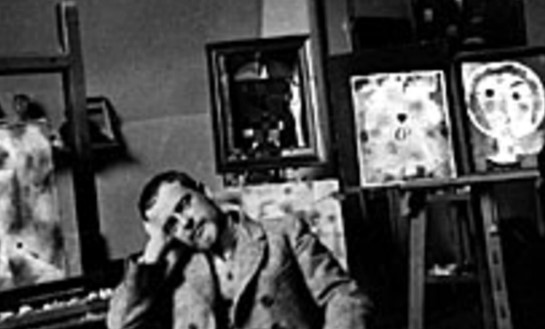
Red Balloon by Paul Klee Between the Geometric and the Urban
Klee, as part of the 20th century avant-garde, developed a personal abstract pictorial language that defied established norms. His artistic vocabulary oscillated between the figurative and the non-representational, communicating meanings through a unique symbology.
«Red Balloon,» one of Klee’s most iconic works, exemplifies his ability to transform tonal experiments and lines into visual narratives. This painting fuses delicately colored floating geometric forms with an enchanting cityscape. Simultaneity is manifested where translucent bars of color illustrate consecutive gestures of a figure in motion.
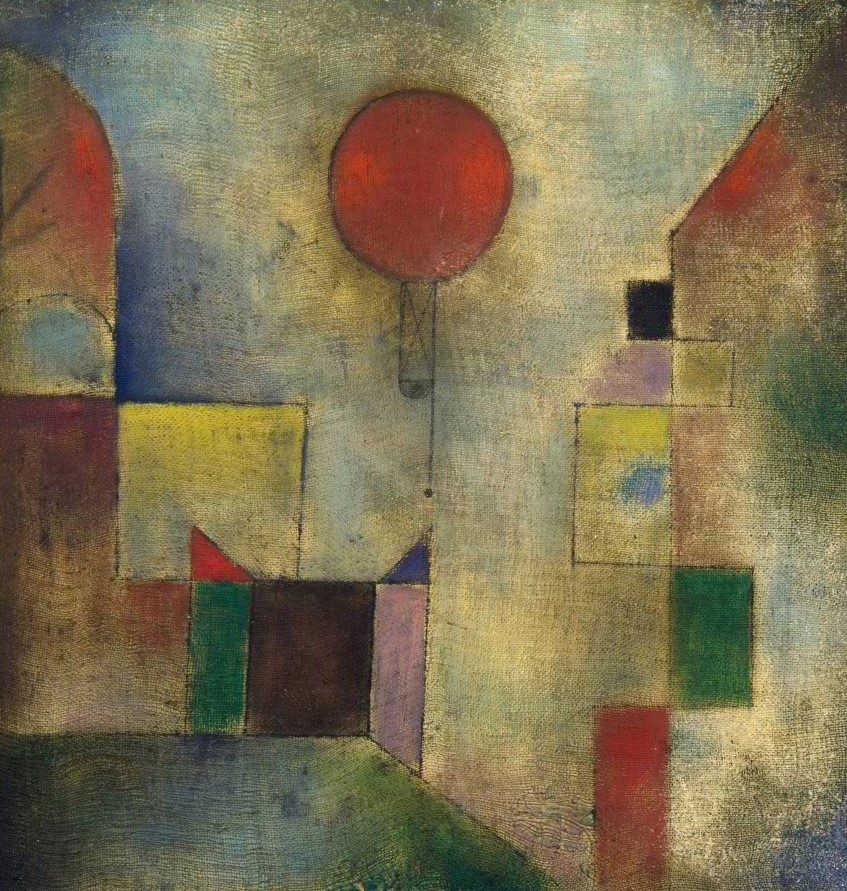
Artist: Paul Klee
Dimensions: 31.1 x 31.7 cm
Date: 1922
Style: Cubism
Genre: cityscape
Media: chalk, oil
Location: Solomon R. Guggenheim Museum United State
Buy a reproduction:

Color Theory
Klee’s ability to intertwine cubist and surrealist influences is highlighted in «Red Balloon». Through a careful choice of colors and shapes, the artist succeeds in directing the viewer’s attention to the central red balloon.
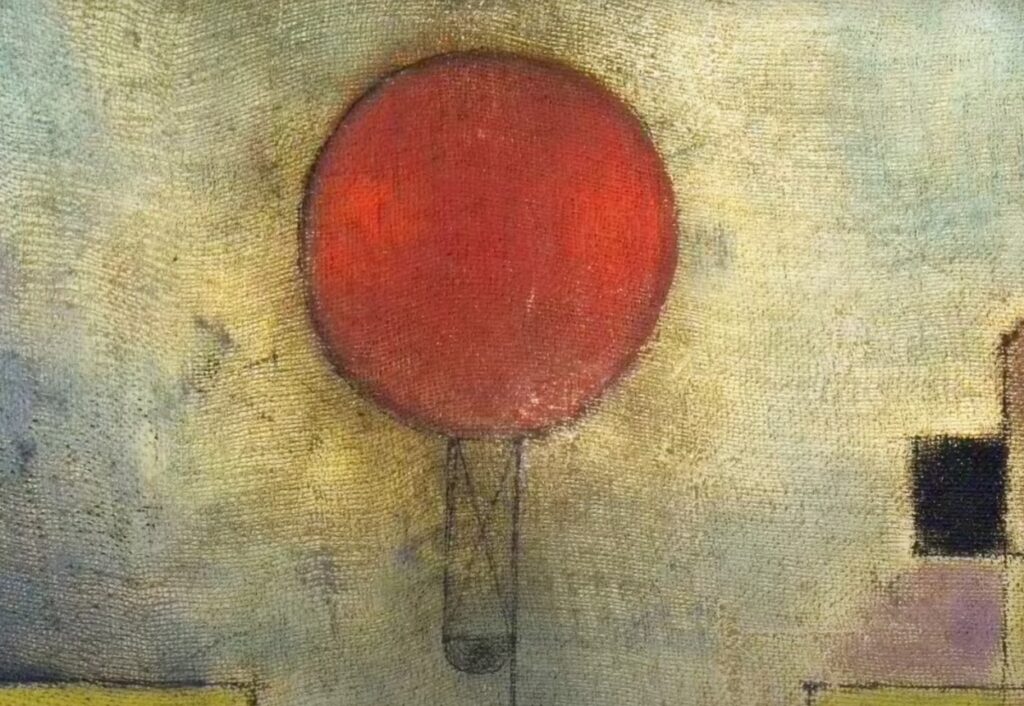
The following article may be of interest to you: Painting of Plato and Aristotle: School of Athens by Raphael
Fusion of Styles
Although inspired by Cubism, Expressionism and Surrealism, Klee’s art defies conventional categorization. The work «Red Balloon» highlights his genius in color theory, harmoniously merging Cubist and Surrealist influences. At Impart Art we examine this iconic piece, revealing how Klee effortlessly weaves together diverse artistic currents.
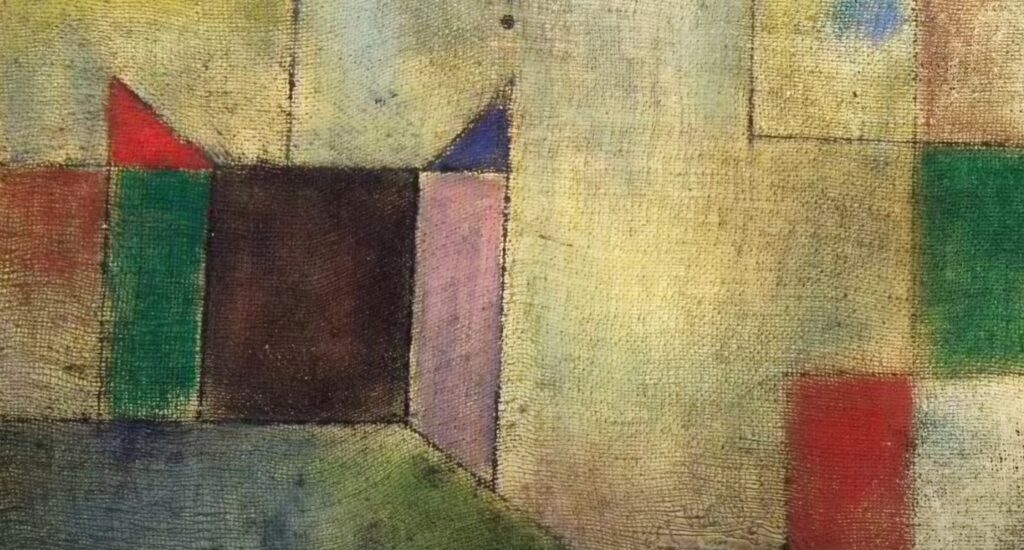
Materials and Inspiration in Red Balloon
Paul Klee’s decision to use oil and chalk on muslin not only highlights his skill in the handling of color and form, but also focuses attention on the peculiar interaction between these elements and the weave of the canvas. The muslin, being the canvas of choice, contributes to create an atmosphere where the colors acquire a confused and dreamlike quality, while the defined lines create a remarkable contrast with the texture of the material.
Childhood innocence as muse
In his work «Red Balloon,» Klee expresses his admiration for childlike and whimsical ideas, revealing his deep connection to the art of children. Inspired by the innocence and pure vision he finds in children’s artistic expression, Klee succeeds in conveying a unique and dazzling perspective of the world through his own artistic language.
"Children possess artistic abilities that deserve to be recognized and nurtured. Observation of their examples becomes especially instructive as they face the vulnerability of childhood, and it is imperative to protect them from corruption from their earliest years." Paul Klee
Red Balloon is confiscated and exhibited in «Degenerate Art».
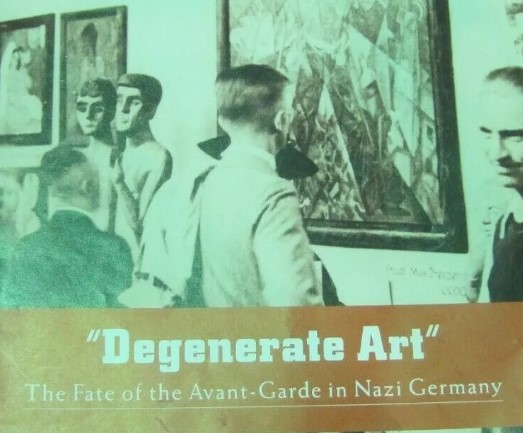
In 1937, during the Nazi era, Klee’s works were affected by the persecution of «degenerate art,» a term used by the Nazis to denigrate modern art, which they considered a threat to German cultural purity. More than 14,000 pieces, including those by Paul Klee, were confiscated and exhibited in the infamous «Degenerate Art» exhibition.
This initiative sought to discredit and ridicule modern art, linking it to alleged Jewish and communist influences. This dark episode highlights the struggle of modern artists against repression and censorship under totalitarian regimes such as Nazism.
Summary and interpretation of Red Balloon by Paul Klee
Paul Klee, master of the play of color and form, brought the «Red Balloon» to life through the masterful use of vibrant colors, intricate lines and an abstract cubist-style structure. His work is not limited to visual representation; rather, it creates a whimsical experience that captivates viewers, inviting them to immerse themselves in an ambiguous and mysterious world.
Klee’s pieces, such as «Red Balloon,» emerge from a dreamlike realm, defying conventional interpretations and encouraging viewers to discover personal meanings in this vibrant urban landscape. Thus, Klee’s art transcends the barriers of the tangible, becoming an open door to imagination and reflection.
Paul Klee, through his unparalleled artistic expression, defied the conventions of his time and left an enduring legacy. «Red Balloon» represents not only a visual masterpiece, but also a symbol of creative freedom and resistance in the face of aesthetic restrictions. Paul Klee’s influence transcends the barriers of time, reminding us of the importance of free expression in art.

